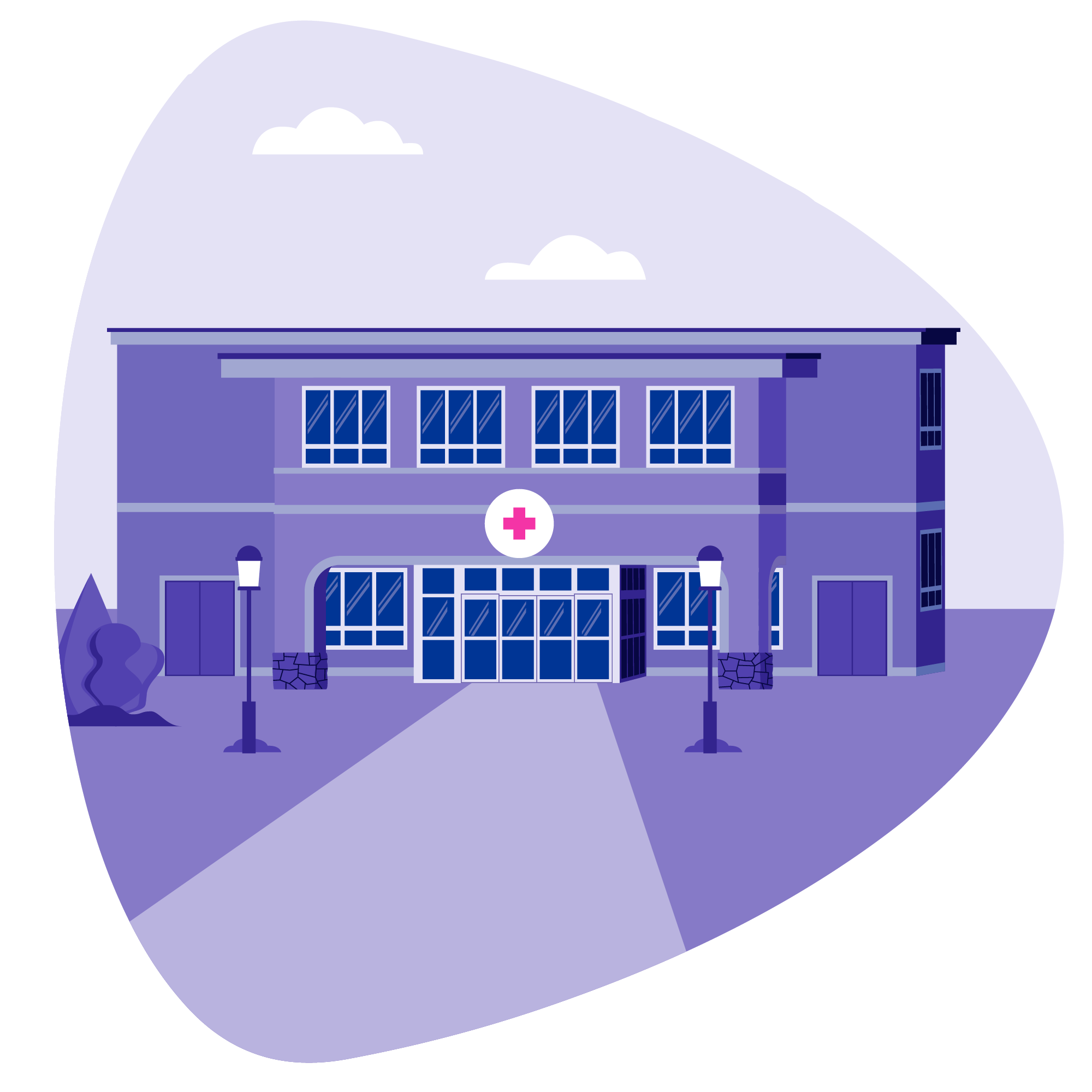When working with populations facing barriers related to social determinants of health, utilizing resources in the community, combined with telehealth, can help connect them to the behavioral health treatment they need.
Jump through the table of contents below and learn how to increase access to mental health services:
The role of social determinants of health in behavioral health care
Types of partnerships your organization can leverage
How remote providers can connect patients with local resources
Where Iris Telehealth fits in
The role of social determinants of health in behavioral health care
Access to quality behavioral health care is vital to a patient’s health. However, many individuals and families struggle to get the care they need due to social determinants of health (SDOH). Here are a few ways SDOH can impact mental health and quality of life:
- Finances: More than 1 in 5 patients need assistance to afford their prescription medication. Medication adherence can be a challenge for uninsured patients with costly medication or for those who have insurance that doesn’t cover prescription costs. In some cases, patients have to choose between paying for groceries, their prescriptions, or rent when faced with high prices.
- Housing Insecurity: Patients who move around a lot due to housing insecurity can face more challenges receiving consistent mental health care. For example, patients often need a home address to qualify for special assistance programs, which can affect their ability to afford treatment. Additionally, many services patients spend time applying and preparing for become obsolete without housing stability. For children, moving around a lot can be disruptive to their education.
- Food Insecurity: Food insecurity is associated with a higher risk of anxiety and depression. When patients can’t feed themselves, their physical and mental health is impacted. Malnutrition leads to a greater risk for chronic health conditions, which can also increase the risk of depression and other behavioral health care challenges.
- Education: Receiving immunizations can be a significant barrier for undocumented children, as they often require showing proof of citizenship. When children are forced out of the school system, they lose out on many resources that the education system provides. A lack of education can impact social support, health literacy, and can contribute to poor mental health outcomes.
Let’s take a closer look at the type of partnerships organizations can leverage to help make a positive impact on patients experiencing SDOH.
Community resources to leverage for social determinants of health
Partnering with stakeholders and organizations in your community to fund programs can have many benefits for your patients. While many of these partnerships are non-traditional, innovative efforts through collaboration can improve healthcare outcomes. Here are just a few examples of organizations for potential partnership opportunities:
- Government: Local governments serve as a vital resource for external funding. They can advance health equity by sharing valuable data on which populations in your community experience worse health outcomes. This information can give insight into the distribution of resources and what resources are available. Additionally, by attending meetings hosted by local government, healthcare leaders can become thought leaders and key stakeholders in the community.
- Faith-based organizations: Churches, temples, and other religious congregations can improve care delivery and quality of health care for many community members. A religious congregation provides a place to access treatment and preventive services without fear of discrimination or government interference. This advantage is especially helpful for immigrants or refugees who have established trust within their religious community. For example, sometimes child and adult immunizations can be offered at a community’s local faith-based organization without a need for IDs and other paperwork.
- Educational organizations: Universities, colleges, and schools are a great way to disseminate health and mental wellness resources to the community. Coordinating with schools could look like hosting events together, directly offering mental health services on campus, or developing joint programs to promote student access to health care. Workshops and seminars allow an excellent way to educate students on relevant mental health topics.
- Mission-based organizations: These kinds of organizations include National Alliance on Mental Illness (NAMI) or Mental Health America (MHA) for broad mental health resources, the Trevor Project for LGBTQIA+ youth to support specific underserved populations, and more can expand your organization’s knowledge base and your network. For example, partnering with a mission-based organization that helps veterans can be an effective way to connect with veterans who need mental health care.
- Community organizations: Food banks, social services, and other community organizations can provide beneficial partnerships. Additionally, connecting with cultural community organizations allows providers to share mental health resources that meet the specific needs of that community.
It’s also essential to attend community events and encourage your on-site providers to do the same.
How remote providers can connect patients with local resources
Telehealth meets SDOH head-on by connecting patients with providers regardless of where they live. Having a provider that provides specialty care, while also helping their clients stay connected with local resources, can help improve outcomes that have the potential to be impacted negatively by social determinants of health.
For remote providers, staying connected to the community they serve can be achieved by being flexible, creative, and proactive in their approach to care. As a healthcare organization, you can encourage your providers to stay connected with their patient’s local resources.
A few ways your providers can achieve this connection is through signing up for newsletters, following local government on social media, and staying informed on the most recent information and events in the community. While telehealth can make providers physically incapable of being there, they have options to connect with their community and stay in the know virtually.
Where Iris Telehealth fits in
At Iris, we partner with communities in need of mental health resources. Through partnerships with community organizations and stakeholders, healthcare organizations can build programs and services dedicated to address the unique needs of the community they serve, including the implementation or improvement of telepsychiatry services. Partnering with Iris allows members of your community to receive the care they need when they need it. Contact us today if you would like to learn how telepsychiatry can help your community.



